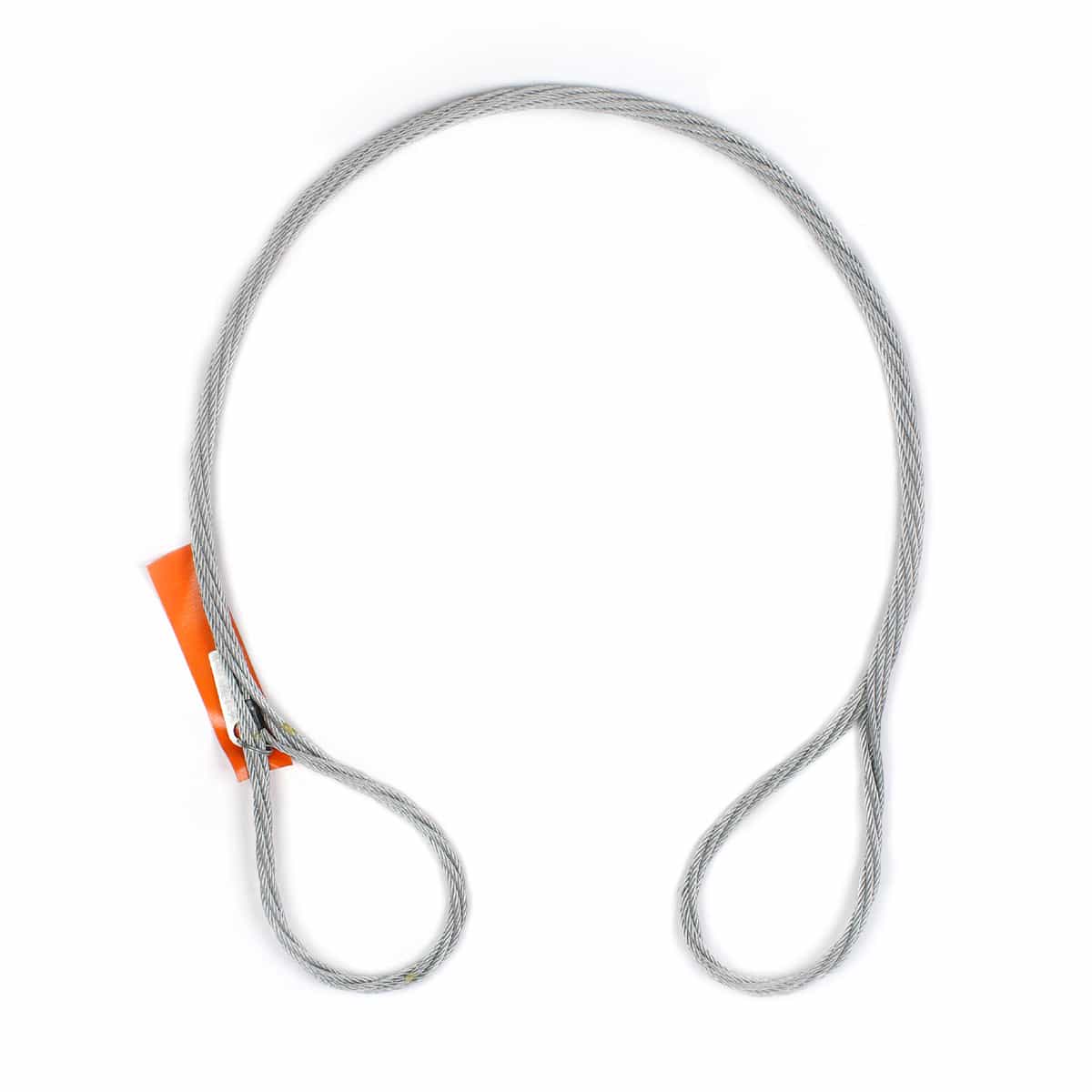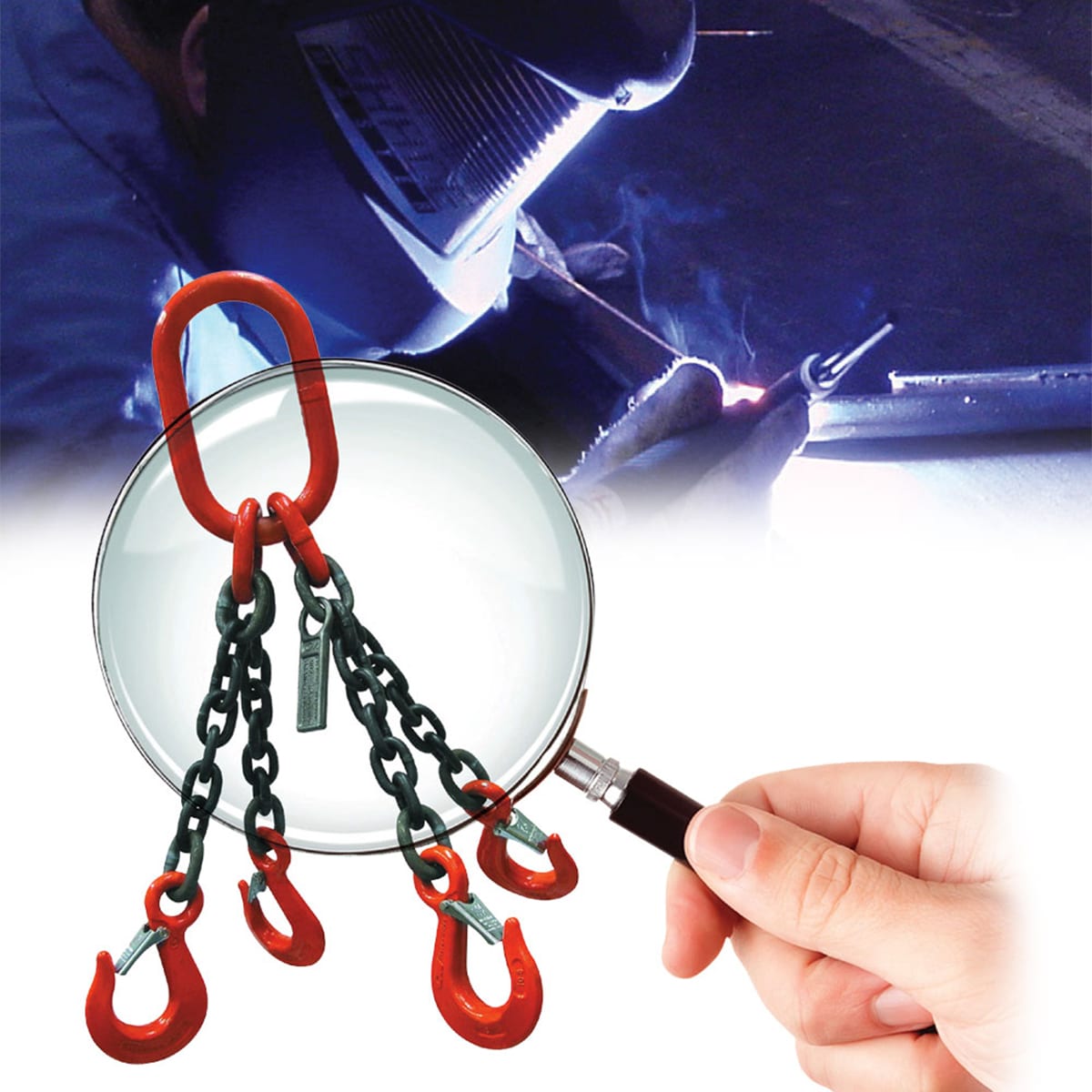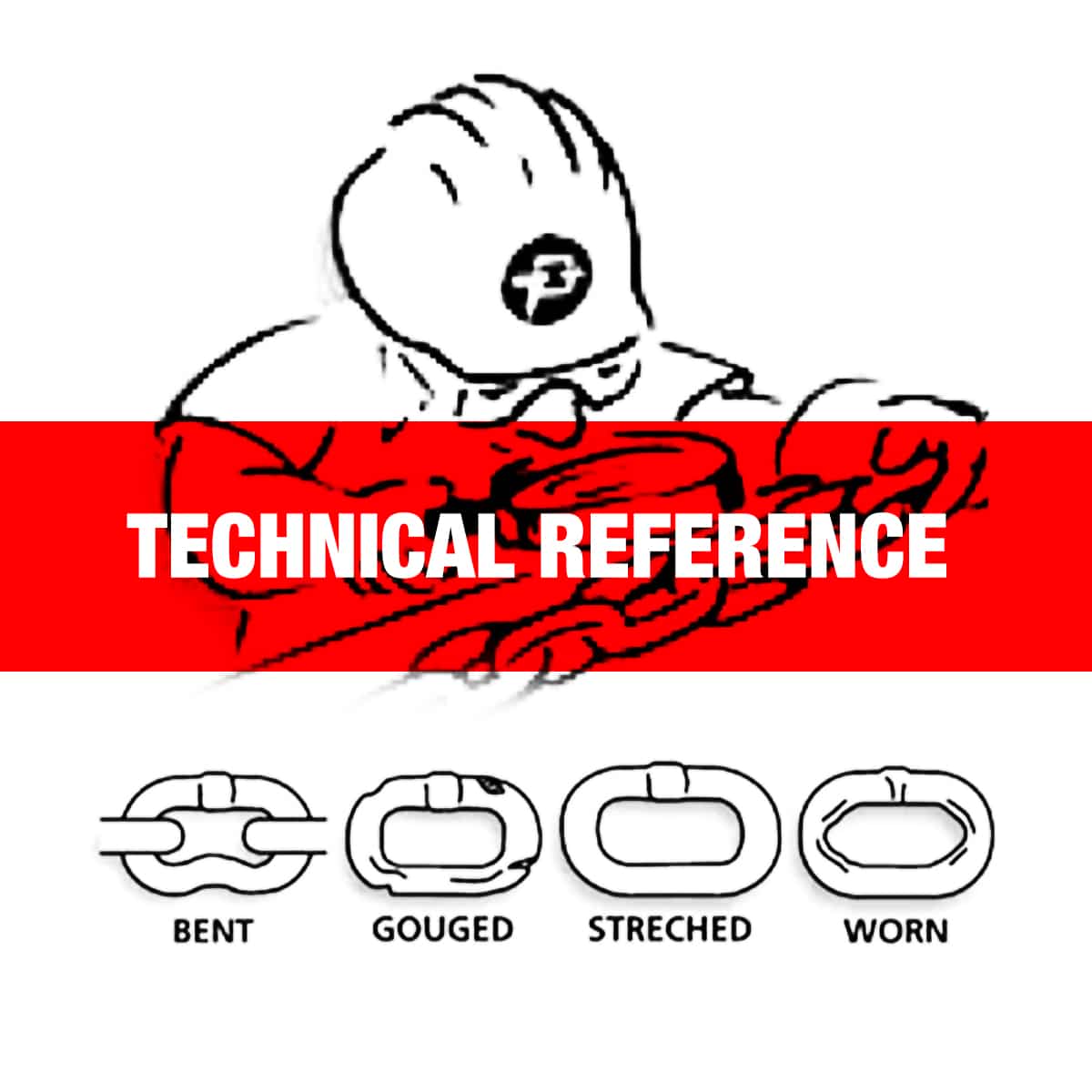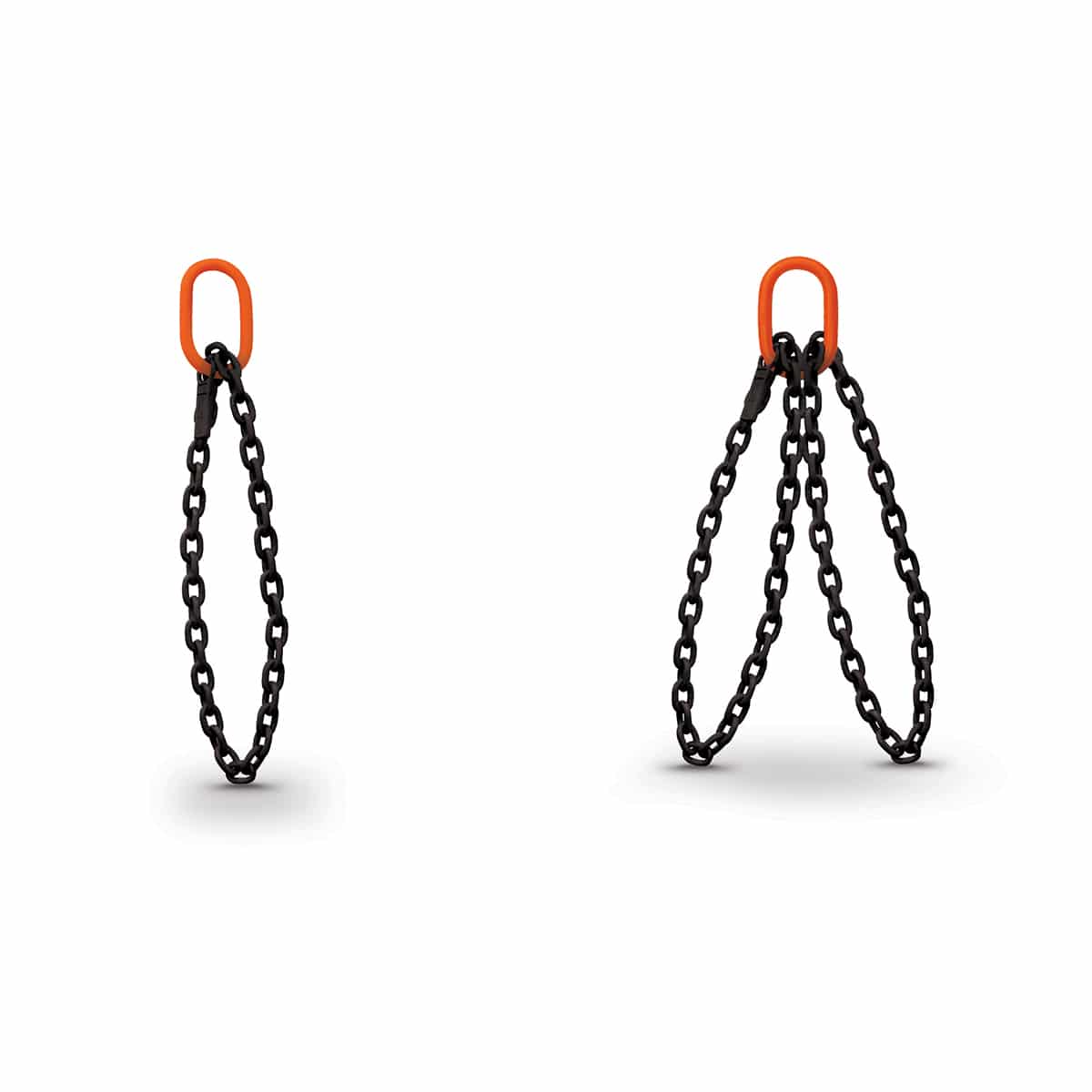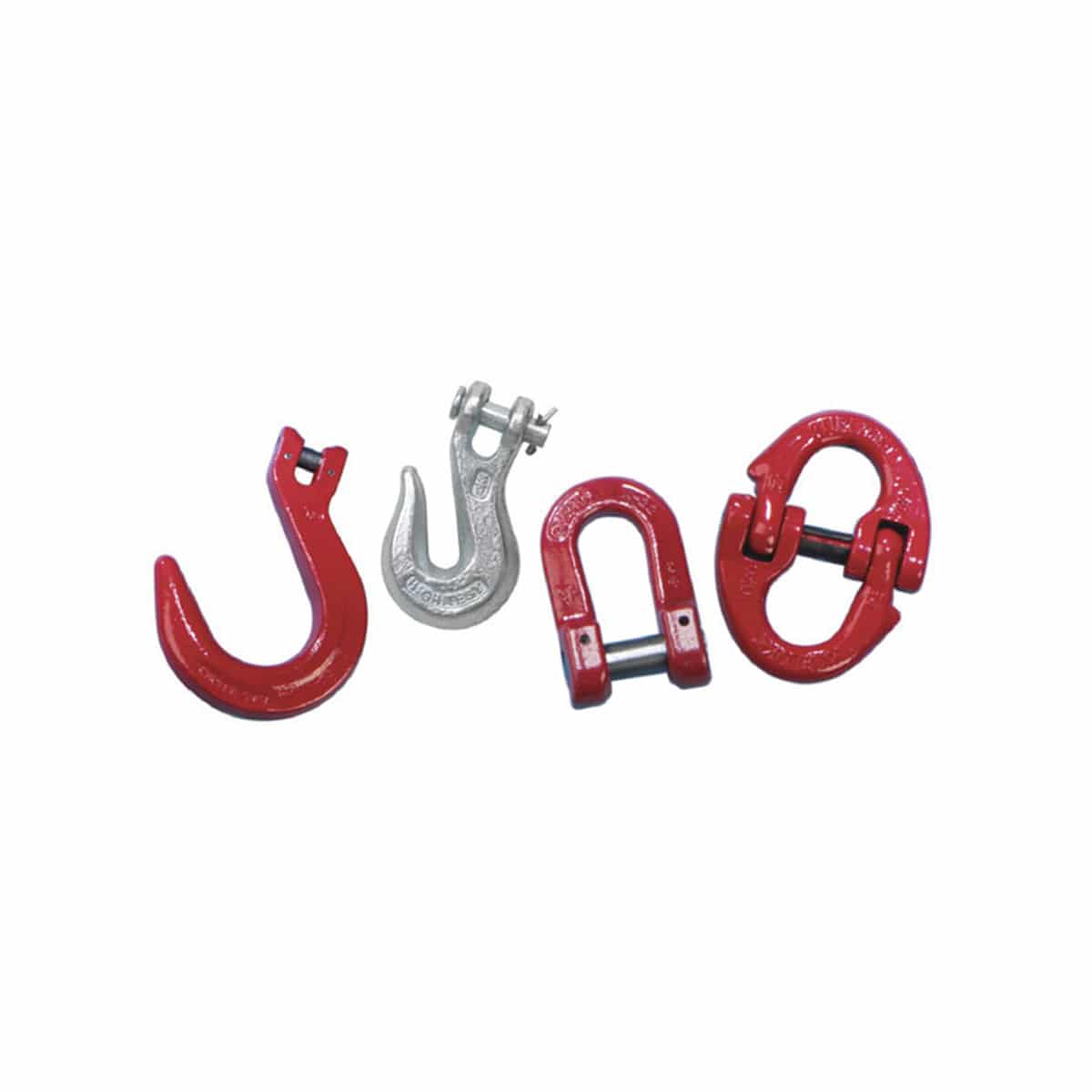Description
MULTI-PART wire rope slings are flexible, snug up tightly around the load in choker hitches and quickly regain shape after a lift. They also offer outstanding handling characteristics, particularly in the larger rated capacities. When loaded, stress is equally distributed to all rope parts in the sling body due to the helical manner in which ropes are laid together.
Braided slings are formed by continuously plaiting or braiding several ropes together to form the sling body and both eyes in a single fabrication operation. Ends of individual ropes are usually hand-tucked and spliced into component ropes of the body. Eyes are often seized or wrapped since eyes are not braided.
Braided slings are often selected where loads must be rolled or maneuvered, since the design creates friction to grip loads and resist rotation.
SLING ANGLES in this catalog depart from the traditional method of vertical angles measured at the sling hook. It has long been the opinion of sling users that it is easier to measure a sling angle relative to the ground or horizontal. The method is the same whichever angle is used. When the horizontal angle is used, you must use the trigonometric side of the horizontal angle. When the vertical angle is used, you must use the trigonometric cosine of the vertical angle.
High flexibility is achieved by braiding one or more wire ropes from a fabric for the sling body. Component ropes run continuously and are hand-tucked into sling body or secured with swaged sleeves.
Each multi-part wire rope sling is hand-fabricated by laying together one or more ropes in a helical manner so component ropes run continuously through the eyes and sling body. Ends are secured into the component rope by hand-tucked splices.

